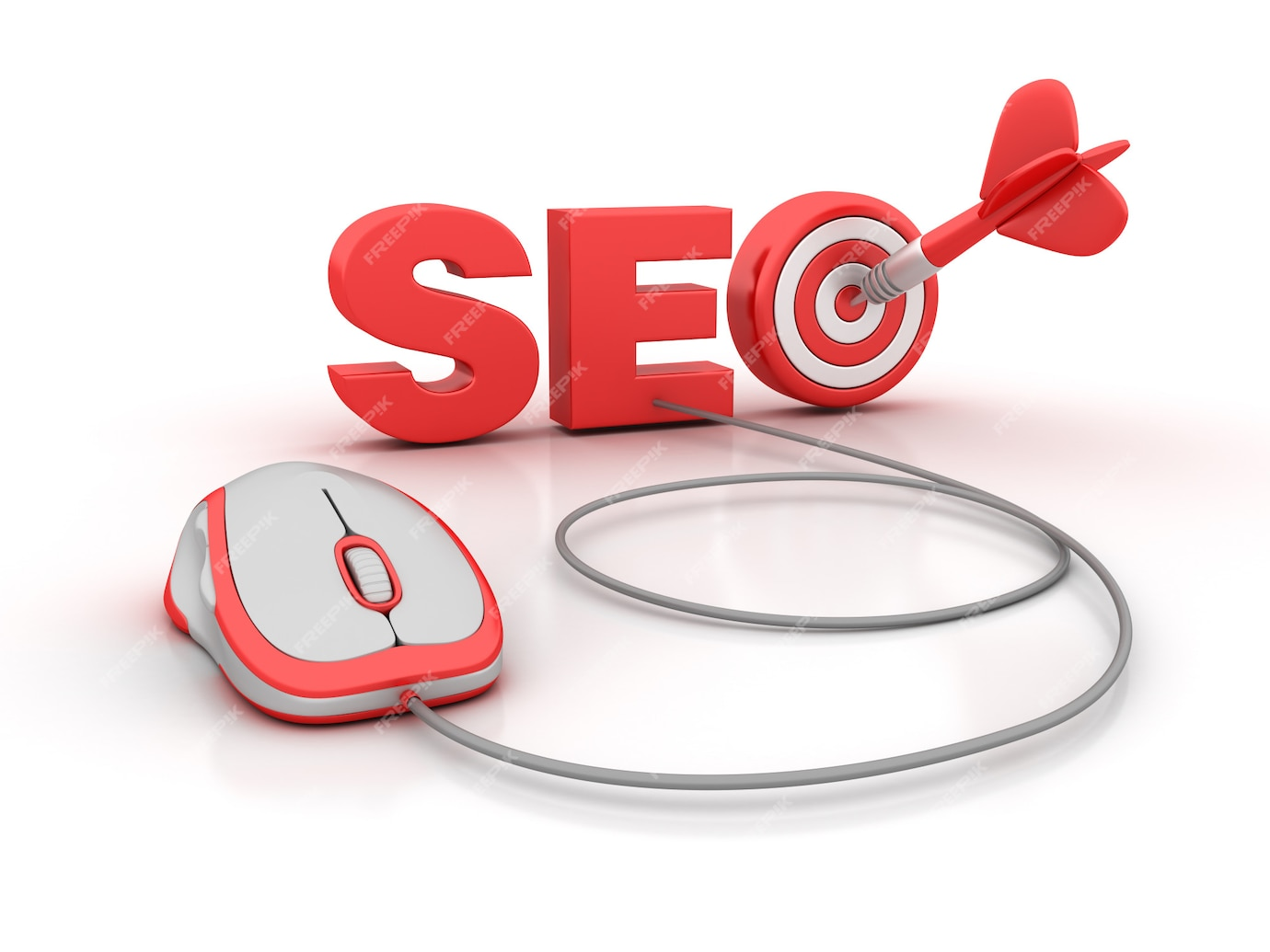
Introduction
Did you know that designing your website with SEO in mind can directly impact your sales?
Many businesses focus solely on aesthetics—nice colors, animations, trendy layouts—but forget that if Google can’t read your site properly, customers will never find it. That’s where SEO-friendly web design comes in.
In this post, we’ll explore how SEO-friendly web design can skyrocket your online sales by enhancing your site’s visibility, user experience, and performance.
1. Search Engines and Humans Love Clean Layouts
SEO-friendly design ensures:
-
Easy navigation
-
Clear CTAs
-
Legible typography
-
Consistent layout
This helps Google understand the site’s structure while making it easier for users to take action (purchase, sign up, call, etc.)
2. Navigation Structure Impacts Crawlability
If your site has confusing menus or hidden pages, search engines may skip important content.
SEO-friendly design ensures:
-
Logical navigation
-
Breadcrumbs
-
Footer links
-
XML sitemap generation
These improve both UX and crawlability, helping sales pages rank higher.
3. Responsive Design = More Mobile Sales
Most online shoppers are now mobile users. An SEO-friendly responsive design ensures:
-
Seamless experience on all devices
-
Tap-friendly buttons
-
Fast loading on mobile
This reduces drop-offs and increases conversions on mobile.
4. Speed Matters — Slow Sites Kill Sales
Every extra second your site takes to load reduces conversions by 7%.
SEO-optimized design includes:
-
Optimized images
-
Lightweight CSS/JS
-
Lazy loading
-
Preloading techniques
Speed not only boosts SEO but keeps users on the site, leading to more sales.
5. Proper Use of Headings and Tags
Using H1-H6 tags correctly helps Google understand your content, and users to scan it.
Good design includes:
-
Keyword-rich headings
-
Highlights for benefits/features
-
Clear product/service sections
This improves on-page SEO and conversions.
6. Built-in SEO Tools and Integrations
Design should include:
-
Yoast SEO or Rank Math plugin (for WordPress)
-
Easy-to-edit title/meta fields
-
Schema-ready structures
-
SEO-friendly permalink settings
These make it easier to keep your site optimized as it grows.
7. Visual Content with SEO Best Practices
Images and videos make your design attractive—but only if optimized.
SEO design includes:
-
Alt texts
-
Lazy load
-
File compression
-
Descriptive filenames
This ensures visual content doesn’t hurt performance, and still helps SEO.
8. Conversion-Oriented SEO Structure
Designs focused on conversion should:
-
Highlight benefits early
-
Include multiple CTAs
-
Show trust badges, reviews, testimonials
-
Use clear layout grids
Combined with SEO, this structure leads to more organic traffic and higher conversions.
9. SSL and Security Features
Secure sites rank higher and gain user trust. Your web design must include:
-
HTTPS (SSL)
-
Spam protection
-
Secure checkout (for eCommerce)
Google prefers secure sites — and so do buyers.
10. Lower Bounce Rate = Higher Rankings = More Sales
When visitors find what they’re looking for quickly, they stay longer.
SEO-friendly design:
-
Keeps users engaged
-
Leads them through a logical funnel
-
Supports high-quality, optimized content
This lowers bounce rate and improves rankings, which leads to more sales opportunities.
Conclusion
If you’re serious about growing your online sales, then stop thinking about design and SEO as two different tasks.
The perfect growth formula is:
SEO-Friendly Design + Targeted SEO Content + Fast UX = Explosive Sales
Whether you’re selling services, physical products, or digital downloads—your website is your storefront. Make sure it’s optimized to sell.




